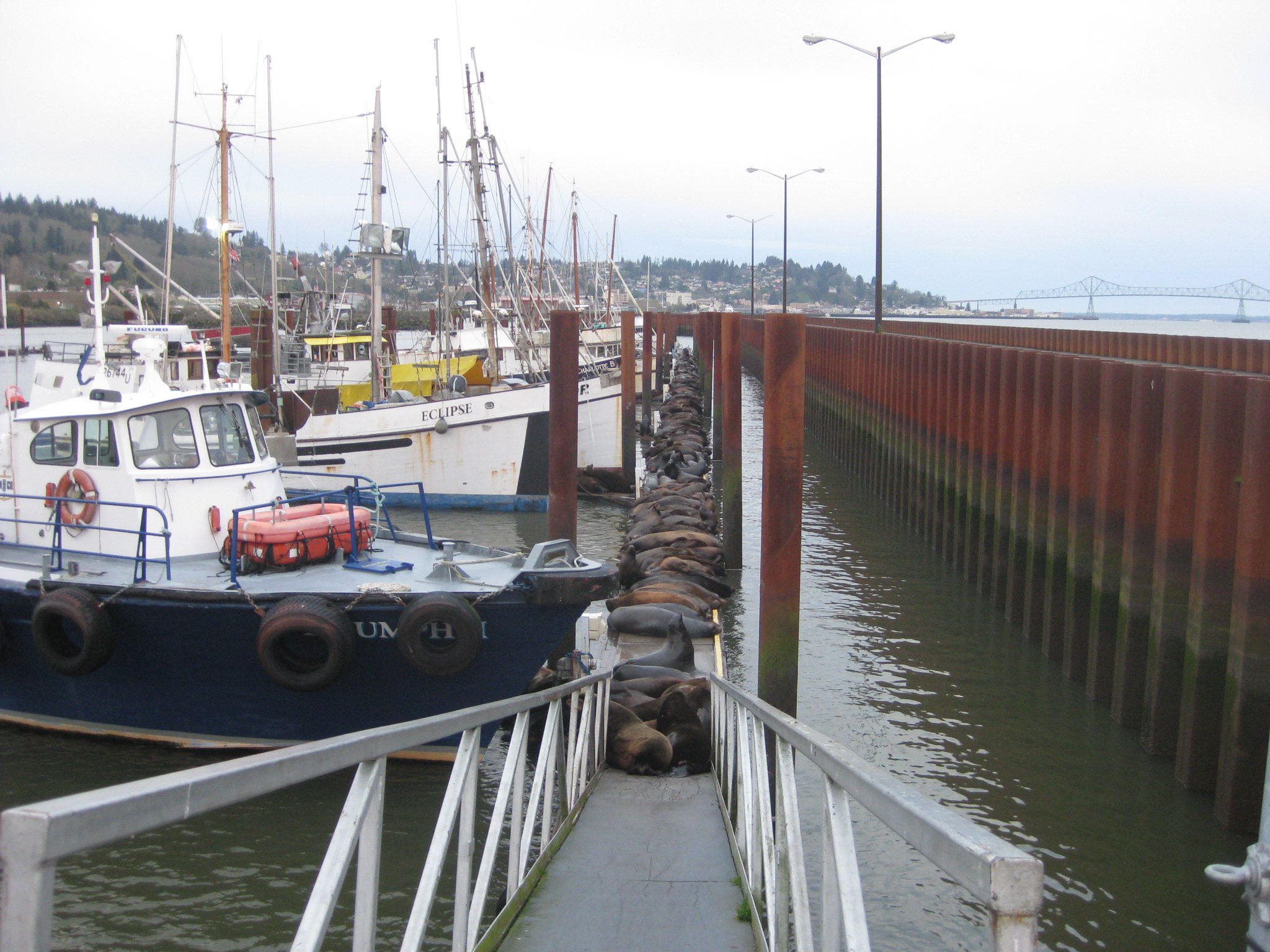Research: Salmon disappearing, sea lions increasing
- November 05, 2014
- John Harrison

If the circumstantial evidence bears out, adult salmon returning from the ocean to the Columbia River Basin are being killed by seals and sea lions between the estuary and Bonneville Dam in alarming numbers, according to research by NOAA Fisheries.
Preliminary results of research that began in 2010 show a steady increase in fish mortality over a five-year period that may be attributable to seals and sea lions. Adjusted for other mortality factors, average spring Chinook salmon survival was just 55 percent in 2014, down from 69 percent in 2013 and 82 percent in 2012. If the estimate represents the run at large, this means about 45 percent of the 2014 spring Chinook run died somewhere between the mouth of the river and Bonneville Dam.
“Even I have a hard time believing those numbers, but at least through 2013, estimates of fish mortality do fall within theoretical estimates of predation,” lead researcher Dr. Michelle Wargo-Rub of the Seattle-based Northwest Fisheries Science Center told the Council’s Fish and Wildlife Committee in November.
She said fish mortality, and the number of sea lions in the estuary, have increased dramatically in recent years. NOAA research focuses on spring Chinook because the run coincides with when the sea lion population is largest in the river.
Mostly males, the sea lions follow the spring-returning fish between March and May. Most of the sea lions then go to breeding grounds off southern California in the summer.
Dr. Wargo-Rub and her research team catch and tag salmon in the estuary near Astoria. More than 2,200 salmon have been tagged since the research project began, and of those about 68 percent were determined by genetic testing to be destined for the river and tributaries above Bonneville.
Survival varies over the course of the run, Dr. Wargo-Rub said. It appears that a higher proportion of early-migrating fish die before reaching Bonneville Dam since they take longer to reach the dam and are exposed to potential predators for a longer time.
Committee Chair Phil Rockefeller, a Washington member of the Council, said that even if the 2014 numbers are adjusted, “the trend is such that we have a growing predation problem.” He pointed out that the Council’s Columbia River Basin Fish and Wildlife Program calls on federal agencies to use their authority to address the problem.
Committee member Bill Booth of Idaho, called the research results disturbing.
“When the region is directing more than half a billion dollars a year to fish and wildlife recovery and nearly half of the spring run is being consumed by seals and sea lions, then we definitely have a problem.”



